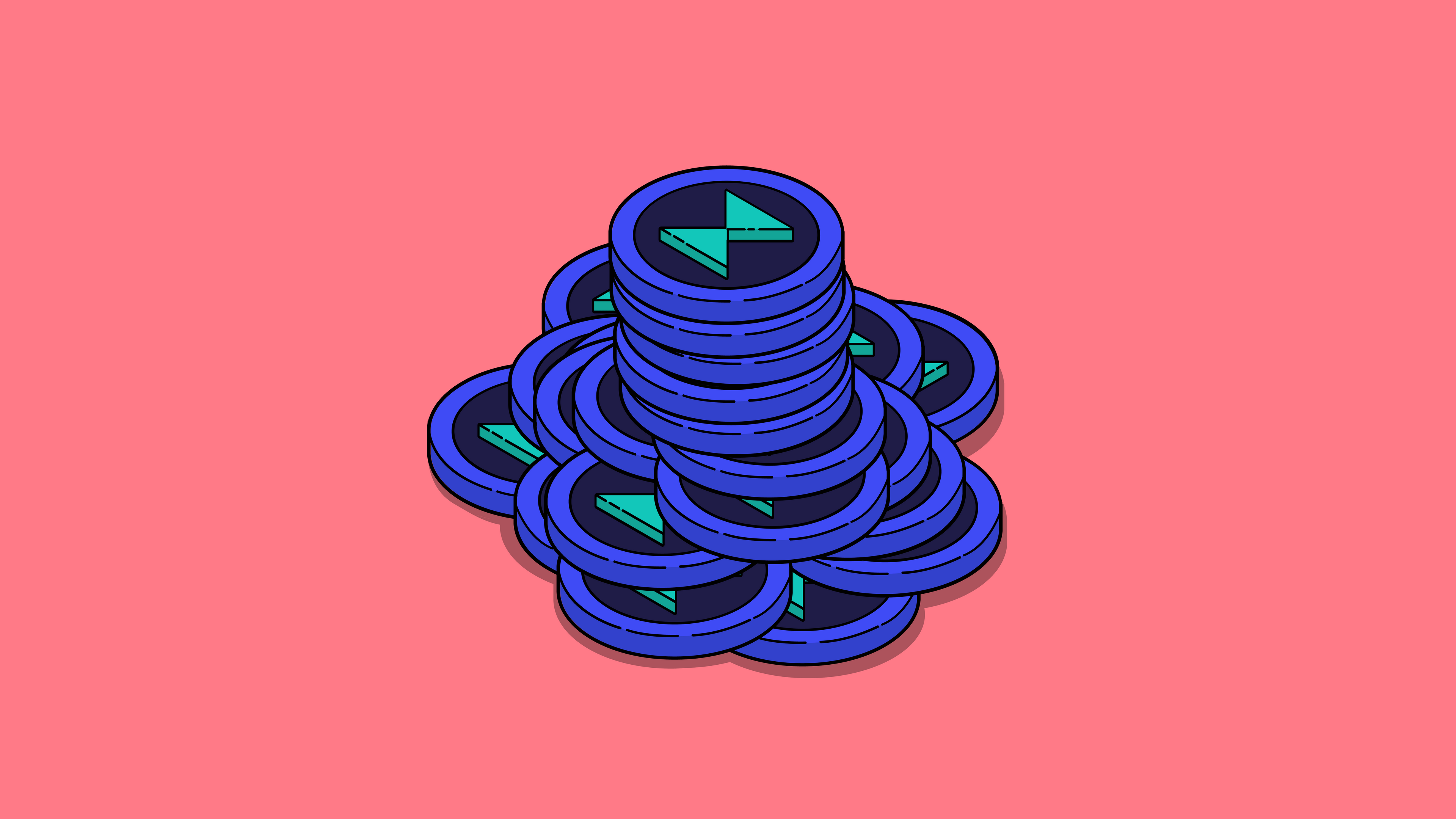Does Pulse Make the Rich Richer?
Disclaimer: At the time of writing, Oxen was known as The Loki Project — this piece has been updated to reflect this name change
Disclaimer: The information on the Oxen Staking Requirement in this article is outdated
Oxen Improvement Proposal: POS Scheme Pulse
Recently we released our fifth Oxen Improvement Proposal in which we outlined a new Proof of Stake scheme, Pulse. If it’s to be implemented, Pulse would have Service Nodes produce blocks, order transactions, and secure the blockchain, rendering miners in the Oxen ecosystem no longer necessary.
While we’re excited about the potential of Pulse, and the improvements it can bring to Oxen’s suite of privacy tools, we’re aware it has raised some questions and concerns within the community. The main one being: “Won’t it Just Make the Rich Richer?”
Transitioning from Proof of Work to Proof of Stake
Let’s imagine Oxen transitions from its current Proof of Work/Proof of Service hybrid consensus mechanism to Pulse (Proof of Stake). In this scenario, the Oxen Network will be made up of two parties: Stakers and Non-Stakers.
Stakers are those who are running a Service Node, either by themselves, or with others in a pool. They have enough $OXEN to do so.
Non-Stakers are those who aren’t running a Service Node, because they don’t have enough $OXEN to meet the staking threshold, or because they’re choosing to hold their $OXEN instead.
Service Nodes
With Pulse, Service Nodes will create blocks in the Oxen blockchain every two minutes, and receive a reward ($OXEN) for doing so. Ninety-five percent of that reward will go to the Service Node Staker (or Stakers, if it’s a pool), and the remaining five percent will go to the OPTF.
In order to run a Service Node, we recommends you stake at least twenty-five percent of the full staking requirement. At the time of writing, that is roughly 5,200 $OXEN, which equates to about 1,400 USD. So Stakers – those that have enough (and choose) to stake the recommended amount of $OXEN – will increase their wealth through the accrual of rewards.
Furthermore, each time a Service Node creates a block, the overall monetary supply of $OXEN increases. Just like in a traditional economy, assuming everything in the market stays constant, when the monetary supply increases, so does the inflation rate. And when the inflation rate goes up, the purchasing power of the currency goes down. This means everybody’s $OXEN buys a little less than it did before. This is an unfortunate (but not uncommon) side effect for those that hold (and don’t stake) currency.
However, the inflation situation is the same with Proof of Work consensus mechanisms. When miners create blocks, they also receive rewards, which in turn increases the overall monetary supply and drives inflation up.
One major difference between Proof of Work and Proof of Stake consensus mechanisms is the size of the barrier to entry. The initial investment (fixed cost) required to mine cryptocurrencies – specialised hardware, constant electricity, and a high-speed internet connection – is much higher than the cost of running a Service Node – which is essentially the cost of renting and maintaining a VPS. In essence, you need a lot more financial resources to be a miner, than to be a Staker.
Of course, in reality everything in the market does not stay constant. The real-world market cap of $OXEN fluctuates, and if it increases, everyone’s purchasing power increases. Same goes the other way. Regardless, there still exists an inequality caused by the barriers to entry for mining or staking. However, a barrier to entry is necessary* in order to keep the Oxen Network protected from malicious activities like Sybil Attacks.
*Note: Our team has done a lot of research on Service Node economics to strike the right balance so that running a Service Node is as financially accessible as possible (encouraging maximum user participation), but running most of the Service Nodes of the network is financially restrictive.
Low barrier of entry allows more people to benefit from PoS
The lower barrier to entry for Service Node operators is why Pulse is an attractive prospect for Oxen. It means more people have the opportunity to participate in the rewards-based ecosystem (especially when compared to Proof of Work). Ideally, it also means more Service Nodes are in operation on the Oxen Network, making our privacy products better for all. So we think it’s a win-win.
We love that our community is engaged, and challenges us to be better, which is why we’ve endeavoured to answer this question. If you have more, please keep them coming on our various social media channels.
You've got mail!
Sign up to our newsletter to keep up to date with everything Oxen.
